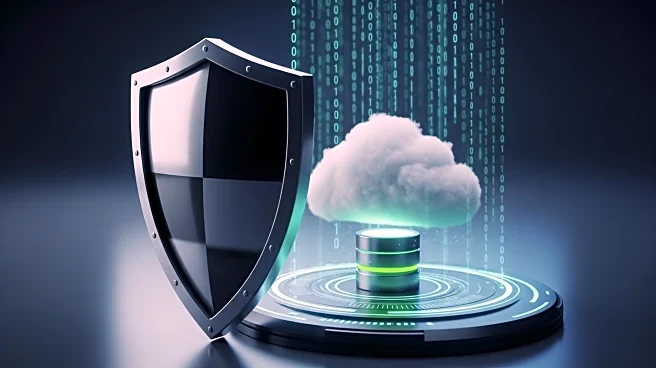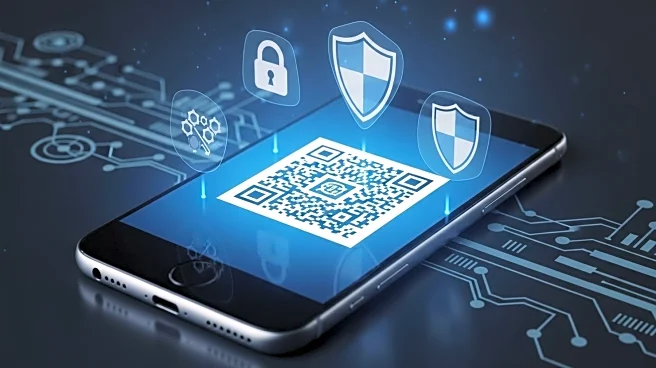What's Happening?
Recent phishing campaigns have been identified using remote monitoring and management (RMM) software to gain covert access to victim machines. According to Red Canary, these campaigns employ various lures, including fake browser updates and meeting invites, to install RMM tools like ITarian, PDQ, and Atera. These tools can be used by threat actors to launch ransomware or data theft attacks. The campaigns exploit trusted services such as Cloudflare R2 object storage domains to deliver malicious software, making it crucial for organizations to implement robust security controls and detection capabilities.
Why It's Important?
The use of RMM tools in phishing campaigns poses significant risks to organizations, as these tools can facilitate unauthorized access and data breaches. The ability to install RMM software through seemingly legitimate channels highlights the sophistication of these attacks. Organizations must enhance their security measures, including endpoint detection and response, to mitigate these threats. The potential for ransomware attacks and data theft underscores the need for vigilance and proactive security strategies to protect sensitive information and maintain operational integrity.
What's Next?
Organizations are advised to deploy detection and response mechanisms at the endpoint layer and maintain an approved tools list to prevent unauthorized access. Improving network visibility and monitoring for suspicious domains are recommended strategies to identify and contain compromises early. Understanding the baseline behavior of RMM tools is essential to detect malicious activity, and security teams should focus on identifying key indicators such as unusual file downloads and network connections.











